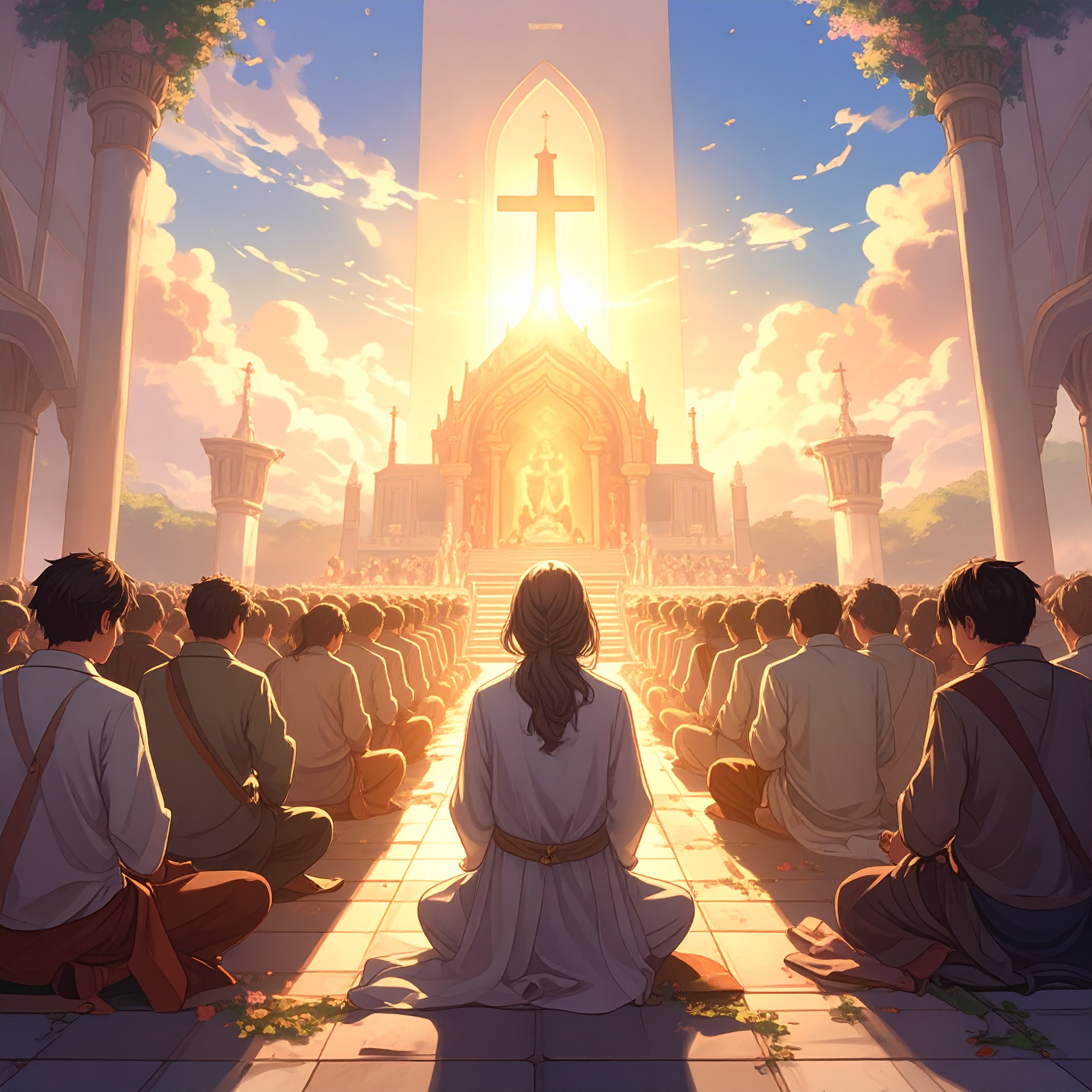Festivals held across Japan are far more than spectacles or tourist events. At their heart lie prayers and hopes—rituals passed down through generations that connect people with nature and the divine. While colorful costumes and dynamic floats may capture the eye, beneath the surface flows a deep spirituality shared by the community.
In the past, daily life in Japan was deeply influenced by the forces of nature. Typhoons and droughts could determine the success of a harvest and threaten the stability of everyday life. In response, people turned to unseen forces, offering prayers and expressing gratitude and hope through the form of festivals. Celebrations for abundant harvests, good health, and children’s growth continue to be held throughout the country to this day.
Festivals have also served to bind communities together. On festival days, people who normally lead busy, separate lives come together to prepare and participate—each taking on a role. Some pull the floats, others play the drums, decorate, or prepare food. It is only through the hands and hearts of many that a festival comes to life. Even the preparation itself is a kind of collective prayer.
Even in today’s modernized society, where the presence of gods and spirits may no longer be felt in daily life, festivals quietly reconnect people. They are not mere entertainment. For both adults and children, participating in a festival is a chance to feel part of a living community—and to place themselves within the flow of time, bridging past and future through shared experience.
In many Japanese festivals, portable shrines (mikoshi) or grand floats (dashi) are carried through the streets. This ritual symbolizes the welcoming of deities into the heart of the town, allowing people to interact with the divine in a direct, physical way. Amid the rhythmic chants and the sound of drums, the act of carrying and moving becomes a form of embodied prayer—an intimate dialogue between humans and the sacred.
Often, the object of prayer is not only a deity, but nature itself. Festivals praying for safety at sea, or ceremonies giving thanks for the blessings of the mountains, reflect the deep interconnection between Japanese life and the natural world. Rather than drawing a boundary between nature and humanity, Japanese festivals embody a worldview in which both coexist—intertwined and deserving of reverence.
Whether held in a quiet rural village or a vibrant city center, the spirit flowing through each festival is the same. It is an effort to honor the invisible—to build bridges between people, between humans and nature, and between the earthly and the divine. Though the outward forms of festivals may evolve with the times, the essence of prayer at their core remains unchanged.
Festivals remind us—if only for a moment—of gratitude and humility that can easily be forgotten in daily life. They are moments in time that offer a gentle pause, where people exchange silent words of prayer from the depths of their hearts.




